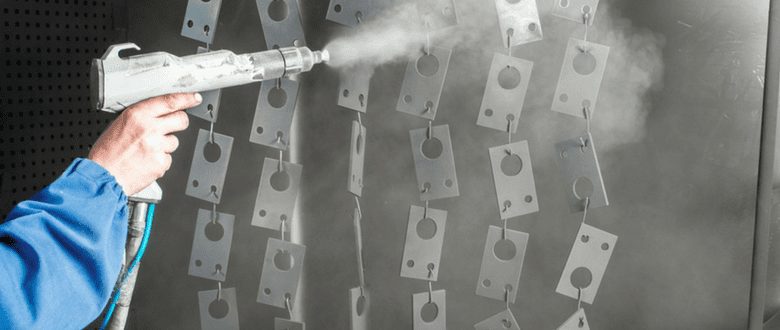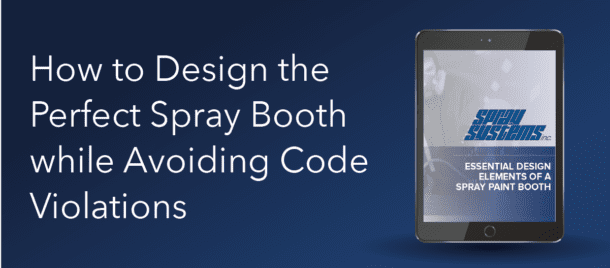Summary
- Both conveyor and batch processing has distinct advantages and disadvantages, depending on the processes used in the manufacturing process.
- Batch processing is a cost-effect, well-established process that can sometimes be the only option for certain products. But, it doesn’t work well with large production volumes of parts, can be time-intensive and is more likely to be less adaptable to error than other methods.
- Conveyor processing is much faster and more inefficient. It is also easier to scale up to meet customer demands and easier to troubleshoot but can have issues or special requirements with items requiring curing steps or items that require a more complicated process.
The way a part travels through an assembly line, or any material handling system, has a large impact on the efficiency of the whole system. Manufacturing line designs are intended to promote quick and efficient delivery of quality-controlled parts.
Two designs are commonly used in the manufacturing and assembly of parts, especially in paint finishing operations: conveyor and batch processing. Each has advantages and disadvantages, depending on the processes used in the assembly line. In this article, we’ll define each process and how each can positively and negatively affect the overall production flow.
Batch Processing
Commonly used in chemical applications, including finishing, batch processing moves groups of parts from process to process. For example, if there is a chemical dip and then a curing process, 10 parts could be dipped at a time and then transferred to cure together. If graphed, batch processing appears as a step-wise function. There is a large bump in progress through the assembly flow because multiple parts are being treated at once. Then the progress levels out as parts wait to be moved to the next part of the production process.
Advantages
Batch processing techniques are well established and may sometimes be the only option for certain material processes. However, batch processing doesn’t work well with large volumes of parts, as it requires parts to be manually transitioned to the next stage of the finishing process.
The biggest advantages of batch processing are the cost savings, work versatility and even using less floor space than conveyor processing! It’s the ideal solution for companies whose coating process outpaces the manufacturing process. This is the “saving space” option.
Disadvantages
Although multiple parts are processed at once, the wait time associated with batch processing can be a disadvantage. The downside of the step-wise motion is a large amount of time where no progress is made on a particular part. Inefficiencies arise as parts wait for prior parts to complete the next process.
It can also be more difficult to recognize and react to issues in the batch processing flow. If an issue is identified, it has likely affected a large number of parts in the batch proceeding through the process. This leads to more waste when issues are identified. Many of the parts in the batch may have to be discarded or reworked.
Due to these disadvantages, many companies are working to convert their factories to continuous or conveyor processing.
Conveyor Processing
In conveyor processing, each part moves through the manufacturing process at the same rate. If graphed, conveyor processing would be a straight line moving from start to finish. There is no wait time or downtime because progress is happening constantly.
Conveyors are often used to shuttle parts from process to process, as in a paint finishing system. Spray Systems has put together some great conveyor systems over the years. Here’s a case study of when we built a conveyor system for Fender Music Company.
Advantages
Conveyor processing can often produce finished products at a faster rate than batch processing. There is no wait time while the previous part is being processed. The products move constantly toward completion.
Unlike batch processing, conveyor processes can be adjusted to meet customer demands. A conveyor line can often be slowed down or sped up to meet changing demands. In contrast, a batch process designed for batches of 100 is not going to easily be able to accommodate batches of 50 or 200.
It is often easier to spot and correct product finishing deficiencies in conveyor processing. If a single item is deficient, the line can be stopped and corrected before any other part reaches that part of the finishing process. The ability to halt the line reduces waste. A whole batch will not be wasted if there is an issue with a single process.
Conveyor processing is well-suited for manufacturers with a large volume of parts, as they won’t be required to manually move the parts into the next phase of the finishing process. However, it’s important to note that the continuous flow of a conveyor system isn’t suited for lines containing parts of varying size and shape.
Disadvantages
There are some processes that can simply not be continuous. The wait time is built into the process itself. Waiting for items to cure or undergo chemical reactions is not well-suited to conveyor processing. Even though there are many advantages to conveyor processing, not all production lines can be continuous. It depends on the processes in the line and the product.
Although many companies are converting to a conveyor or continuous processing, there are advantages and disadvantages to each type of processing. Batch processing is well-established. Sometimes a batch process is the only way to complete a certain task, like finishing very larger parts. Waiting time is built into some processes. However, for processes that can be made continuous, there are advantages to adding a conveyor. Each part makes constant progress toward completion. It’s also easier to identify when a part is deficient and make corrections before the next part is compromised. Despite the advantages of conveyor processing, each company has unique requirements that may be more suited to batch processing.
Whether you’re looking for a brand new booth that fits your customer’s unique needs or looking to upgrade to scale with demand, reach out to us for a free quote. Our team of experts is always available to answer any questions you may have, help you custom design a booth that meets your needs and ensures you’ve got the resources and the service to keep it up and running for years to come.

